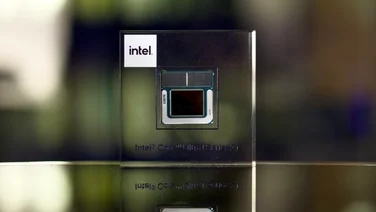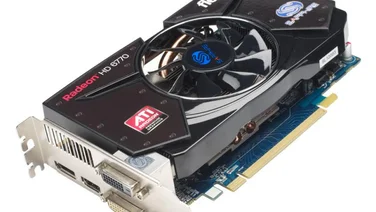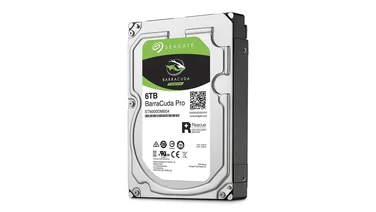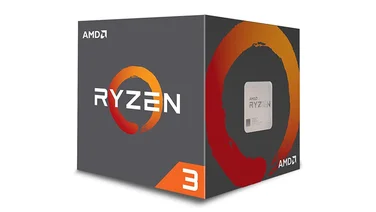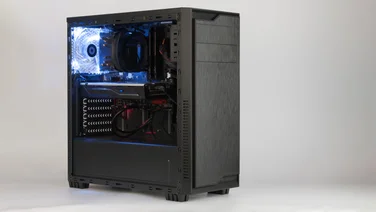To help us provide you with free impartial advice, we may earn a commission if you buy through links on our site. Learn more

The Intel Pentium G3258 is a dual-core processor from Intel’s budget Pentium range, and at first glance it looks fairly unremarkable. It’s based on the same Haswell core as Intel’s current 4th-Generation Core range, but has some cuts; compared to Core processors, the Pentium G3258 has no Hyper-Threading, to split its two cores into four logical cores for better multitasking, as well as inferior graphics.
However, the G3258 has a trick up its sleeve. Unlike other Pentium processors, this one is unlocked, which means it can be overclocked to frequencies much higher than the chip’s stock clock speed of 3.2GHz. It’s certainly worth overclocking this chip, as unlike Intel’s more expensive Core i5 and i7 processors, the G3258 doesn’t have a Turbo Boost mode to make it run at higher frequencies when it has enough thermal headroom.
The processor’s performance in our PC benchmarks at its stock 3.2GHz clock speed was reasonable, scoring 48 overall in our benchmarks. This puts the G3258 on par with a decent mobile Intel Core processor such as the Intel Core i5-4200U, as found in powerful laptops such as the Lenovo IdeaPad Flex 15. Our test system felt responsive enough in Windows at this clock speed, but you could still tell that it was slower than processors such as the Core i5-4670K and i5-3570K. This processor’s performance is still perfectly good considering its low price, though. Pair the Pentium G3258 with a cheap SSD and you’ll have a nippy and responsive basic desktop system for not much cash. Bear in mind that the G3258’s two rather than four cores mean it’s no multitasking powerhouse; 38 overall in our multitasking benchmark is definitely below average.
We performed our overclocking testing with a SilverStone Argon AR03 air cooler. We initially overclocked the processor to 4.3GHz, and were more than happy to see an increased overall score of 68. This overclock also brought our multitasking score up to a much more respectable 58.
We then overclocked the processor to 4.7GHz, which led to a score of 69 overall; just one point more than the processor managed at 4.3GHz. This shows the processor couldn’t cope with clock speeds this high and was throttling itself back automatically, so there’s no point in pushing it this high.
However, even the 68 points we saw at 4.3GHz is one point higher than we saw from the AMD A10-6790K, which is one of our favourite processors at the budget end of the market. However, the A10-6790K costs twice as much as the Pentium chip. It’s also worth noting that the A10-6790K has four cores rather than two, so is faster in multithreaded applications than the G3258 and that the price gap narrows when you consider you’ll need to spend £35-£40 to get a cooler good enough to overclock the G3258 sufficiently to match the AMD processor’s performance.
Like all modern Intel processors, the Pentium G3258 has a built-in graphics chipset, so if you simply plan on browsing the web or word processing you won’t need to invest in a separate graphics card. The graphics processor has a base clock speed of 350MHz and a boost frequency of 1.1GHz, but it’s very basic and unsuitable for 3D gaming. Indeed, the G3258’s built-in graphics processor produced an average frame rate of just 17.8fps in our Dirt Showdown benchmark at a resolution of 1,280×720, which is low even for integrated graphics and nowhere near the AMD A10-6790K’s 40.5fps in the same test.
We’re also not convinced the G3258 is a great base for a budget gaming system. We fitted our test rig with an Nvidia GeForce GTX 780 and ran our Crysis 3 benchmark, and then ran the same benchmark on our graphics test rig, which is fitted with an Intel Core i7-2600K. At 1,920×1,080 with Very High graphics settings, the Core i7-2600K system managed an average frame rate of 44fps, while the Pentium G3258 system could only manage 30fps, or 35fps when overclocked.
The Pentium G3258 is a tricky processor to rate. The chip’s overclocking potential makes it possible to get a large speed boost, but you’ll need to buy a decent cooler to make this possible. This will add significantly to the price and push the G3258 up within range of AMD processors such as the quad-core AMD A10-6790K, which also has significantly better graphics performance.
However, if you’re after a basic processor which has reasonable performance in standard desktop applications, and want the flexibility to add a speed boost later or would like a cheap chip to practice overclocking, it’s a good buy.

